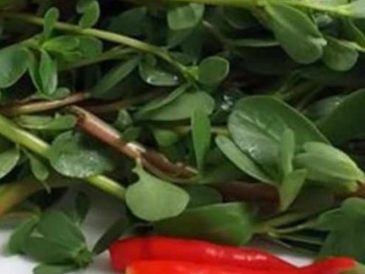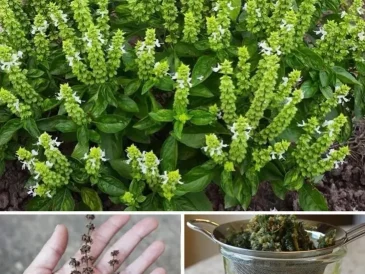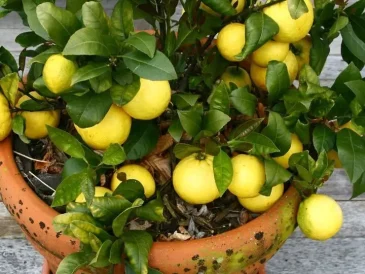Have you ever been walking through a park, a forest, or along a roadside and noticed trees with their trunks painted white? At first glance, this might seem like an artistic choice or a quirky decoration, but the truth is far more practical and rooted in science, agriculture, and tradition. This article dives into why trees are painted white, what it achieves, and how this simple practice serves both trees and their surroundings.
The Origins of Painting Trees White
Painting the lower trunks of trees white is a time-tested practice that dates back centuries. It has been used in various parts of the world, particularly in agricultural regions, to protect trees and improve their health. While the exact reasons for this practice may vary by region, the overarching goal is always to promote the wellbeing of the trees and their environment.
Reasons Why Trees Are Painted White
1. Sunscald Prevention
During the winter and early spring, trees can experience “sunscald,” a condition caused by fluctuating temperatures.
- During the day, the sun heats the bark, causing it to expand.
- At night, temperatures drop rapidly, and the bark contracts.
- This sudden expansion and contraction can cause the bark to crack, leaving the tree vulnerable to pests and disease.
A coat of white paint reflects sunlight, preventing the trunk from absorbing too much heat and reducing the risk of sunscald.
2. Pest Control
White paint acts as a deterrent to insects and pests that bore into tree trunks. Many bugs, such as ants and beetles, are less likely to climb painted trunks.
- The paint forms a physical barrier that discourages insects from laying eggs or creating burrows in the bark.
- Lime-based paints, often used for this purpose, can also repel harmful fungi and bacteria.
3. Protection from Animals
In some regions, livestock and wildlife such as deer, goats, or rabbits may chew on the bark of trees, especially during colder months when food is scarce.
- Painting tree trunks white makes them less appealing or noticeable to animals, reducing the likelihood of bark damage.
- Additionally, some paints are infused with repellents to further deter wildlife.
4. Disease Prevention
Tree trunks are susceptible to various fungal and bacterial infections. Whitewashing—a method of painting with lime—has mild antifungal and antibacterial properties.
- This creates a protective shield that helps prevent the spread of diseases, especially in humid or damp environments.
5. Improved Visibility and Safety
In urban areas or along roads, trees painted white improve visibility for pedestrians and drivers.
- The reflective white paint helps people spot trees in dim light or at night, reducing the risk of accidents.
- It is particularly common in areas where trees grow close to roadsides or pathways.
How Is the White Paint Made?
The substance used to paint trees is not your typical wall paint. It’s often a mixture of water, lime (calcium hydroxide), and other natural ingredients. Here’s why:
- Lime-based whitewash is safe for trees and the environment.
- Some mixtures include additives like copper sulfate for enhanced pest and disease protection.
- It is designed to allow the bark to breathe, unlike synthetic paints that can trap moisture and harm the tree.
Where Is This Practice Common?
Painting tree trunks white is a widespread practice across the globe:
- United States: It’s common in orchards and farms to protect fruit trees.
- Russia and Eastern Europe: Urban planners and farmers use it extensively for pest and sunscald control.
- India and South Asia: Lime-based whitewashing is used to improve visibility and prevent fungal infections.
- Mexico and Latin America: White paint protects trees in tropical and subtropical climates from heat and insects.
Can You Paint Your Trees at Home?
If you have trees in your backyard or garden, you can adopt this practice to protect them. Here’s how:
- Choose the Right Paint: Use a lime-based tree paint or create your own mixture of hydrated lime, water, and a small amount of natural adhesive like casein (milk protein).
- Clean the Trunk: Remove loose bark, moss, or lichen from the tree trunk before applying the paint.
- Apply Evenly: Use a brush to coat the lower 2-3 feet of the trunk. Avoid applying paint to the branches or leaves.
Conclusion
The next time you see a tree with its trunk painted white, you’ll know it’s not just for decoration. This simple yet effective technique serves multiple purposes: protecting trees from sunscald, pests, animals, and diseases, as well as improving safety in urban environments. With centuries of proven benefits, it’s a practice that continues to help trees thrive across the world.
If you’re a tree lover, gardener, or simply curious, try this method in your own garden and see how it benefits your trees!




